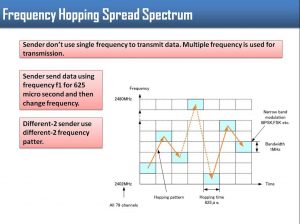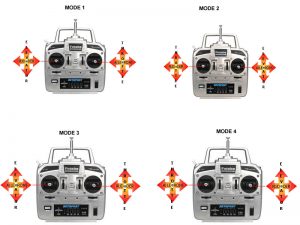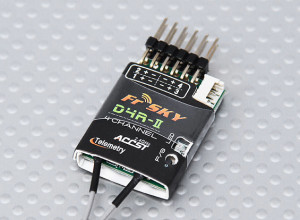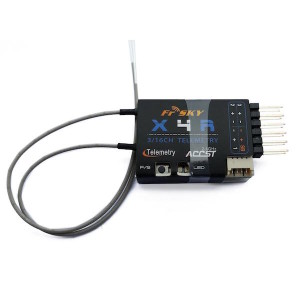Radio Transmitters for Hobby Grade:

These topic is very vast if we try to understand it from the very historical period where hobbyist used to use crystral and analog tx. Well guys the simplest way to understand this topic is going to each one by one. Radio transmitters are devices which transmit signals on a particular frequency and bandwith to distance depending on what is the power of module and system they are working on there comes the regulations and country specific as you know everything works on wireless technology in this era even the airlines and governement equipments work on common frequenecies although everyone has their own encoding to ensure that there is no interference well guys these days we get to see only 2 -3 frequencies to be used for radio transmitters for hobby grade which is 2.4ghz, 1.2ghz and 433mhz or 72mhz well among these 433mhz is the hams frequency and is preffered for long flights as the people using this frequency are too less and thus the interference is less these frequnecy can penetrate through walls and has a very large range of flight thus used for ham radios used for police.
Well the 72mhz is the one that comes with toys or sometimes with mods can be used for other purposes to obtain a good range,but if you want more information, check this post out.

coming to the 2.4 Ghz and 5.8 Ghz (5.8 GHz famous for video frequency) this technologies use FHSS (Frequency Hopping Spread Spectrum) basically they have a huge bandwith to be used and a lot of frequencies within the bandwidth when a TX transmits a data it is encoded and it changes the frequencies randomly at a fixed interval of times which avoids interference and tracing of the signal ensuring that the signal isnt hacked which is also called as frequency hopping thus these frequencies basically gives a long range with moded antennas around 1.5km to 2km without any issue these frequencies do not give much of interference and are weaker than 433 Mhz as they do not penetrate walls.
Mode 1 or 2 and 3 or 4

When you buy a transmitter, make sure to check what mode it is! Mode 2 transmitters have throttle on the left stick, and are more popular in the USA. Mode 1 transmitters have throttle on the right stick, and are popular in Australia. Most of the toy quadcopters like the Hubsan X4 have mode 2 transmitters. Although mode 3 and 4 arent much used by anyone as 1 and 2 are simple to understand and use depends from user to user.
There’s no right or wrong here – only what you are more comfortable with.
Number of channels
You also want to consider the number of channels a transmitter has before you buy it. A channel is one particular control. So a 4-channel radio, for example, will be able to control 4 different things, not more. A 6-channel radio will be able to control 6 things, and so on.
To fly a hobby-grade quadcopter(or multicopter), you need a minimum of 4 channels. Not because there are 4 motors, but because there are 4 controls you must use to keep the quadcopter flying:
- Throttle(how fast the motors are spinning)
- Pitch(tilting the multicopter forwards and backwards)
- Roll(tilting the multicopter to either side)
- Yaw(rotating the multicopter on its axis)
These four channels are assigned to the four axes on your transmitter – each of the two sticks has two axis – up/down and left/right.
The remaining channels would be assigned to the dials and switches on your transmitter.
Additionally, you may want to have an extra channel assigned to a switch on your transmitter that will change the flight mode from say GPS mode to manual mode, and you may even want another switch for a failsafe or return-to-home.
So I’d recommend a minimum 6 channel radio, and preferably 8 or 9, because that’ll keep the doors open for the future, too, and you’ll never feel limited.
Types of receivers
Receiver technology also greatly varies, and can make a big difference depending on the type of flying you want to do.
PWM receivers
PWM are the old fashioned receivers – they use one servo wire for each channel. So if you had 6 channels, you’d need 6 separate servo wires going into each channel’s port on the receiver. Since you have to plug in so many wires, PWM receivers are comparatively large, and you’ll have trouble fitting it on a miniquad. The smallest you could go would be a 250 size.
The Turnigy 9x receiver is a PWM receiver.
PPM receivers
PPM or CPPM receivers are newer, sending multiple PWM signals down a single wire in succession. PPM is advantageous because you just need one wire – the single wire can carry all the channels you need(8 max), and is very useful in small, clean builds that don’t have too many wires.
Up until now, PPM was the preferred receiver for multirotor racers.

The FrSky D4R-II is a PPM receiver.
SBUS receivers
SBUS is a serial connection that also uses just one wire, but is much faster. It is now becoming the preference of choice for hobbyists.

The FrSky X8R is an SBUS receiver.
DSM2/DSMx receivers
DSM2 and DSMx(upgraded DSM2) is an interference-resistant transmitting protocol. It always “hops” between frequencies to maintain the best connection to your radio.
Spektrum and OrangeRX receivers are DSM receivers.


